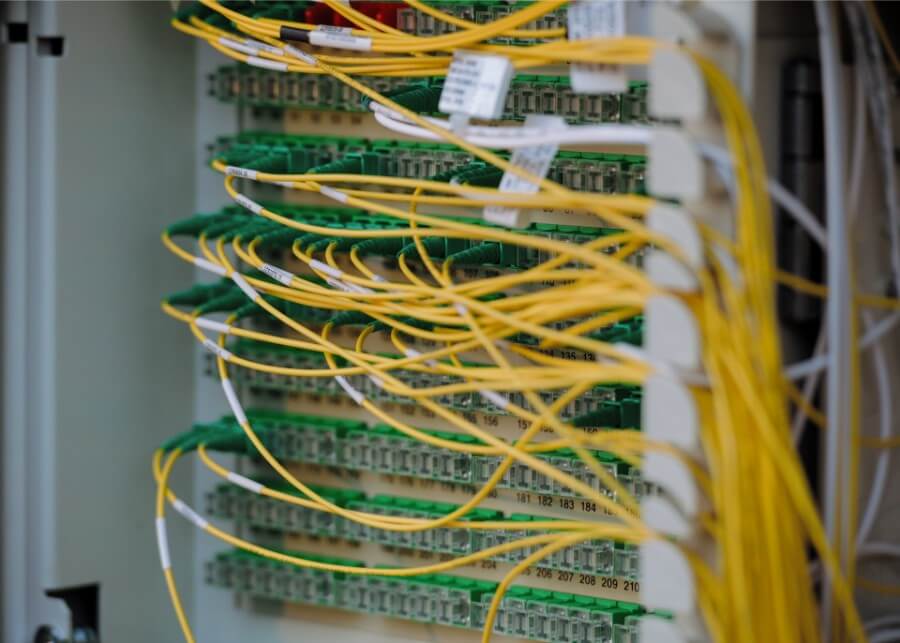
Growing a small business takes more than drive. If your systems aren’t built to handle more leads, track your efforts, or stay organized as things ramp up, you’re going to feel the friction. A marketing setup that works at ten customers might buckle at a hundred. So before growth starts testing your limits, it’s worth checking whether your current setup can keep pace—or whether it’s quietly holding you back.
Start With Clear Marketing Goals
Before doing anything else, figure out what you’re trying to achieve. More site traffic? Better conversion rates? A stronger presence on social media? Clear targets help you make smarter decisions and track progress.
Use the Right Tools
Having the right mix of tools can make your work easier. Consider:
CRM software for managing customer relationships
Email tools to run campaigns
Design and creative automation platforms such as Pixelixe for creating visuals
Analytics to check what’s working
The goal is to spend less time on manual tasks and more on what actually brings in results.
Keep Your Financial Records in Shape
As your business grows, financial reporting gets more complicated. Tools built around rules like asc 842 lease accounting help you stay organized and within legal guidelines. Skipping this step could lead to costly mistakes.
Build a Strong Look and Message
Your brand isn’t just a logo. It’s how people remember you. Consistency helps. That means using the same tone, colors, and design across everything—from your website to your social posts.
Let Content Work for You
Useful content builds trust and keeps people coming back. Whether it’s blog posts that answer common questions, short videos that explain your services, or tips shared on social media, the goal is to be helpful. This isn’t about posting for the sake of it—make it worth someone’s time. When done right, it also brings more traffic to your site and helps you show up in search results.
Make Social Media a Habit
You don’t have to post every day, but showing up regularly helps people remember you. Pick the platforms where your customers already spend time and focus there. Whether it’s sharing customer stories, showing your work behind the scenes, or replying to comments, staying visible builds a stronger connection.
Use Data to Guide You
It’s easy to get caught up in guessing what might work. Skip the guesswork. Look at your data—what posts get clicks, which emails are opened, where your website visitors are coming from. When money is tight, this helps you focus on what’s actually working instead of wasting time and energy on strategies that don’t move the needle.
Add a Personal Touch
People notice when something feels made just for them. You don’t need to go overboard—start small. Address customers by name in emails. Show them items related to what they’ve browsed or bought. These little touches can make your messaging stand out and lead to more clicks and conversions.
Don’t Forget Offline Options
Digital tools are essential, but don’t overlook the value of in-person touches. Small details can stick. Branded handouts—like custom coasters—at events or even tucked into packaging give people a reason to remember your business. They might seem minor, but they help keep your name around after the first interaction.
Adjust When Needed
Plans don’t always hold up as things change. If a campaign isn’t doing well, switch it up. If a tool is slowing you down, find one that fits better. Don’t wait for a big breakdown to make improvements—look at the numbers, listen to feedback, and fix what’s dragging.
Real-World Insight
According to a 2024 report from LocaliQ, nearly half of small businesses plan to spend more on marketing this year. The main reason? Around 71% are focused on getting more leads and increasing sales.
This isn’t about chasing trends—it’s about building a setup that actually supports the work you’re doing as your business grows.
Final Thoughts
There’s no need to overcomplicate it. Marketing that fits your pace and goals will carry more weight than something flashy that falls apart under pressure. Get the basics right, stay flexible, and build on what’s working. The rest tends to follow.